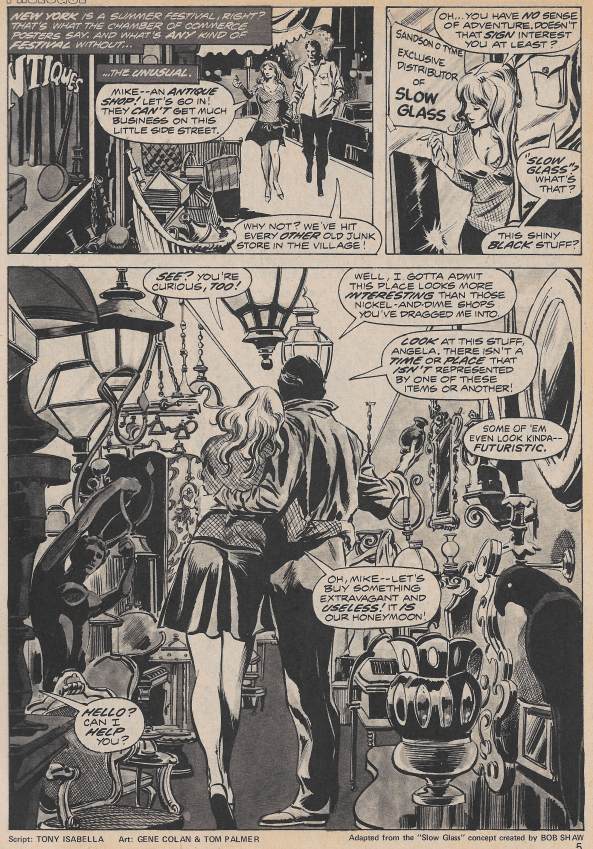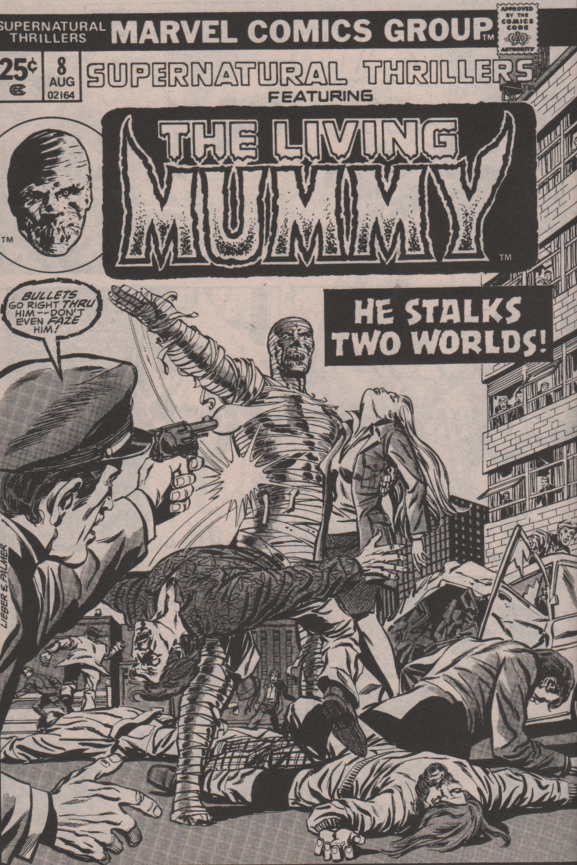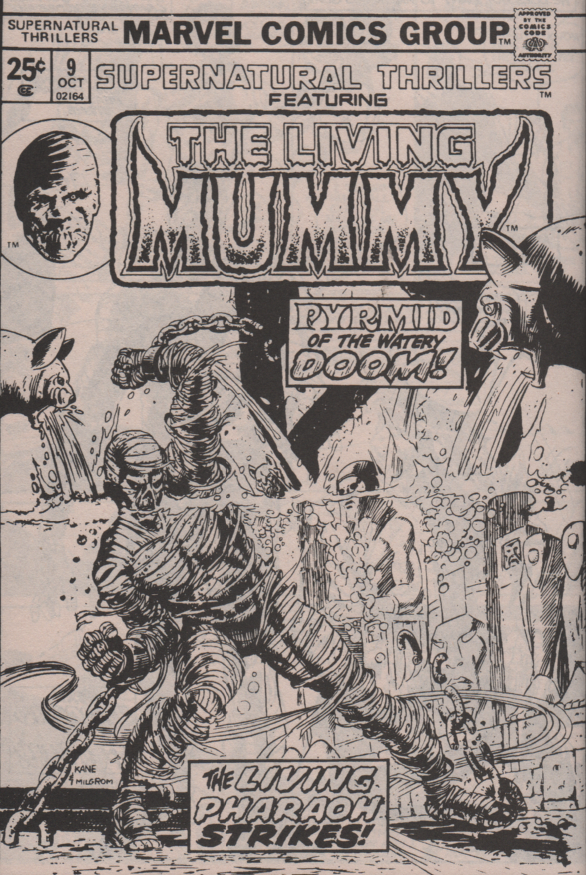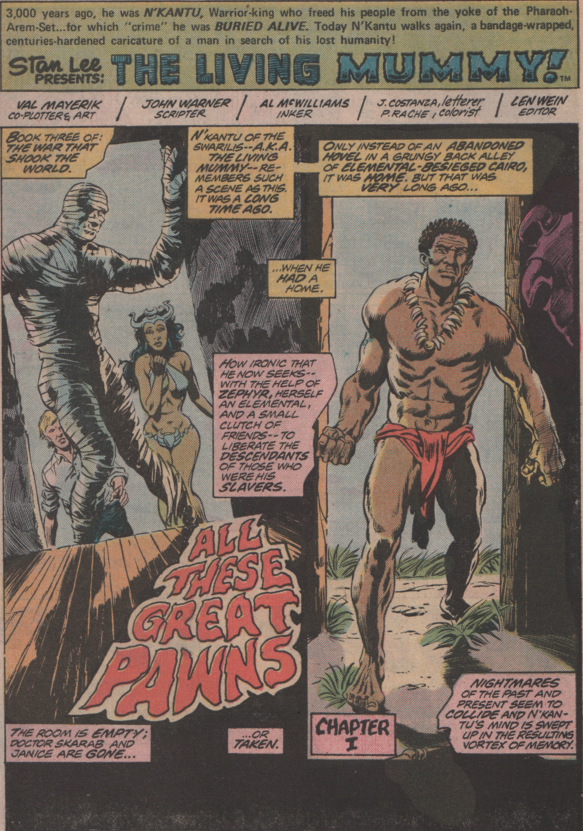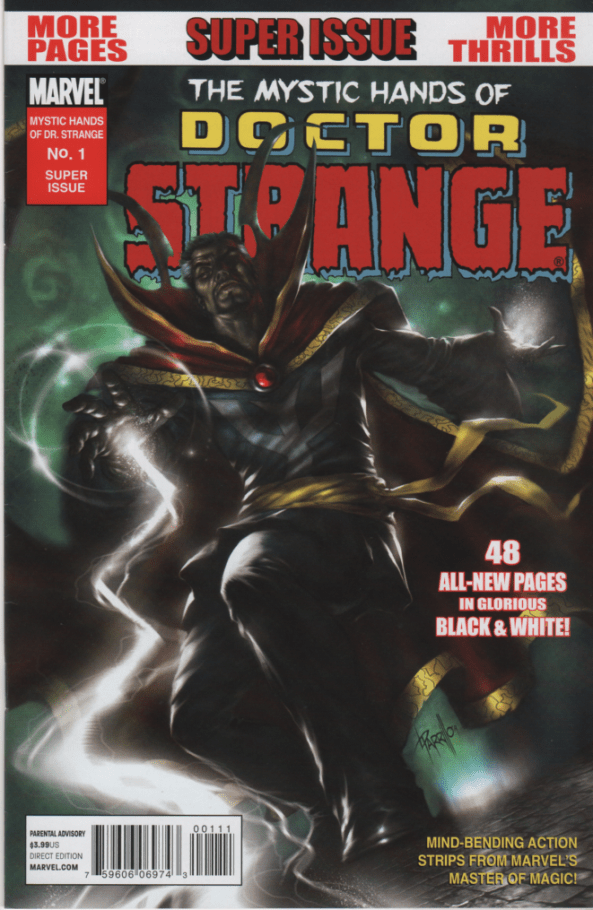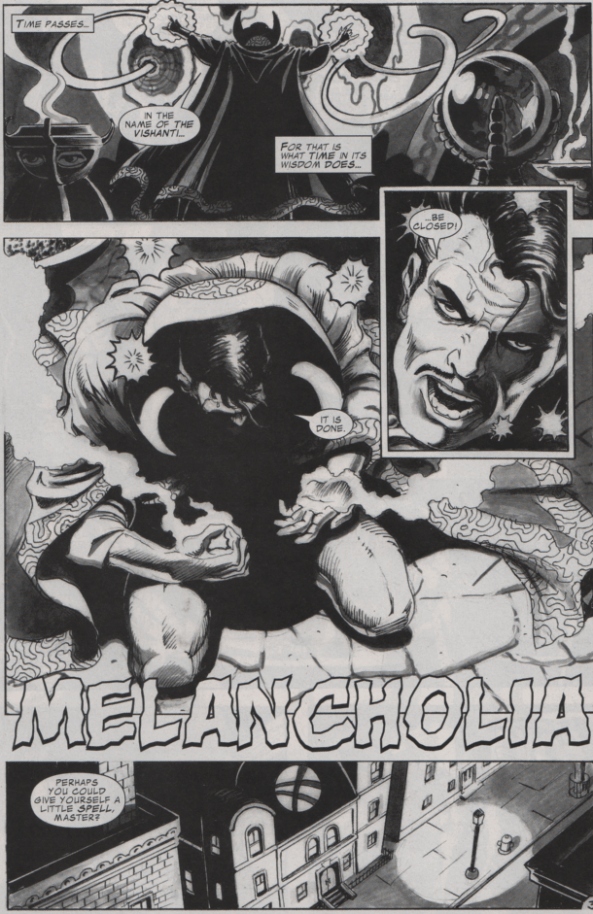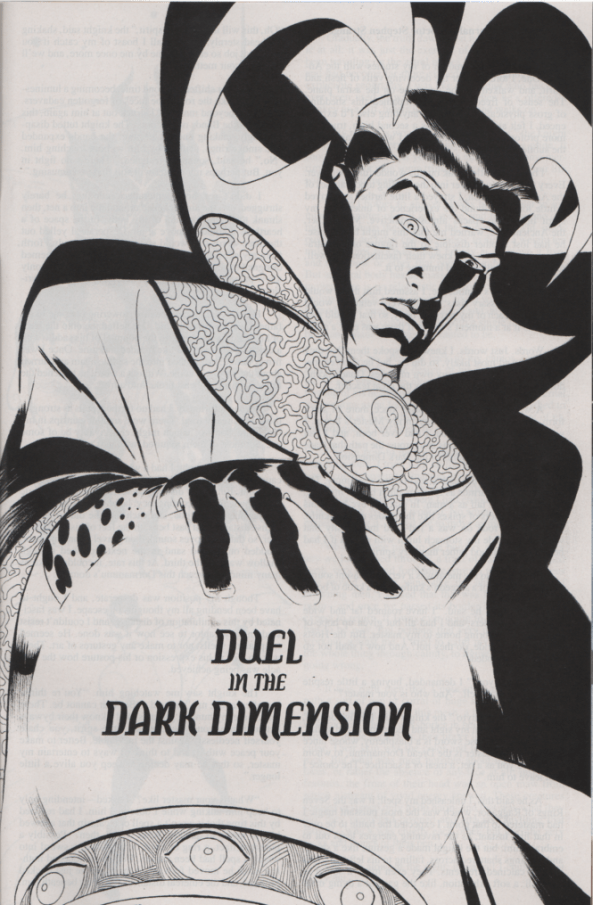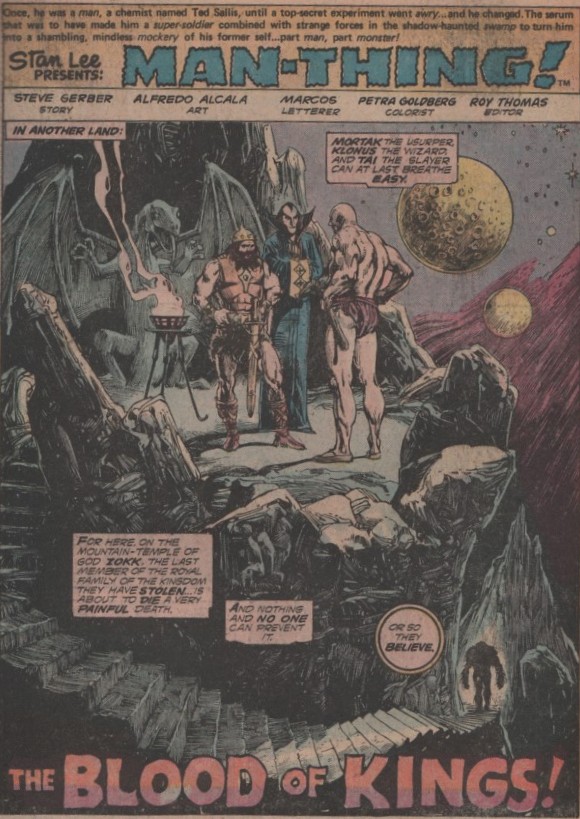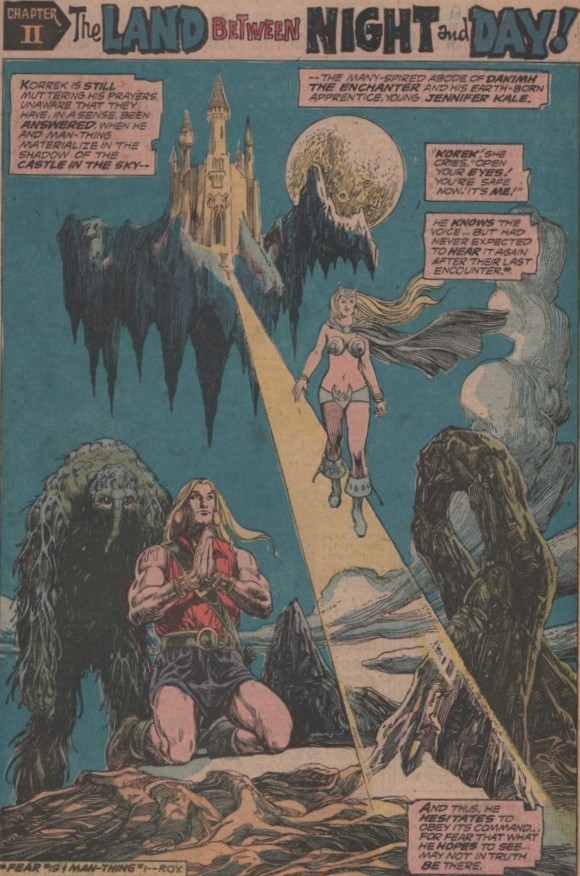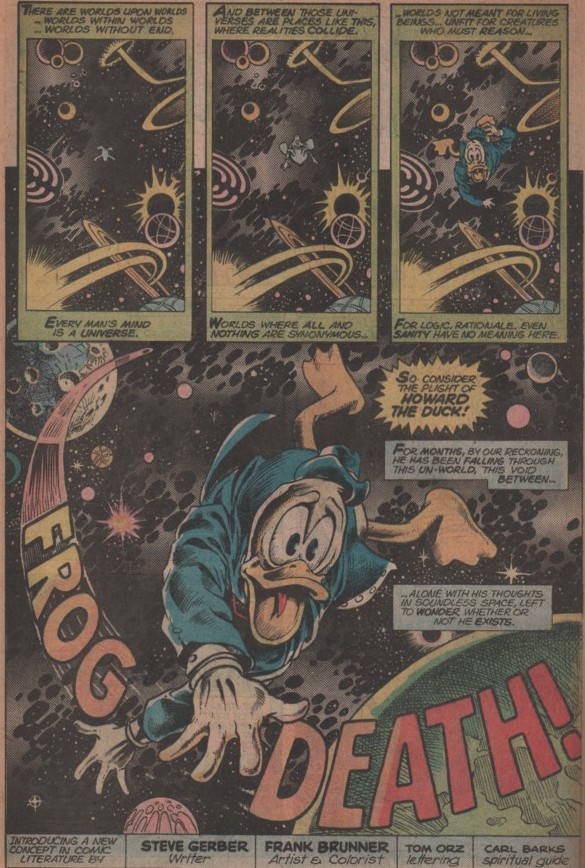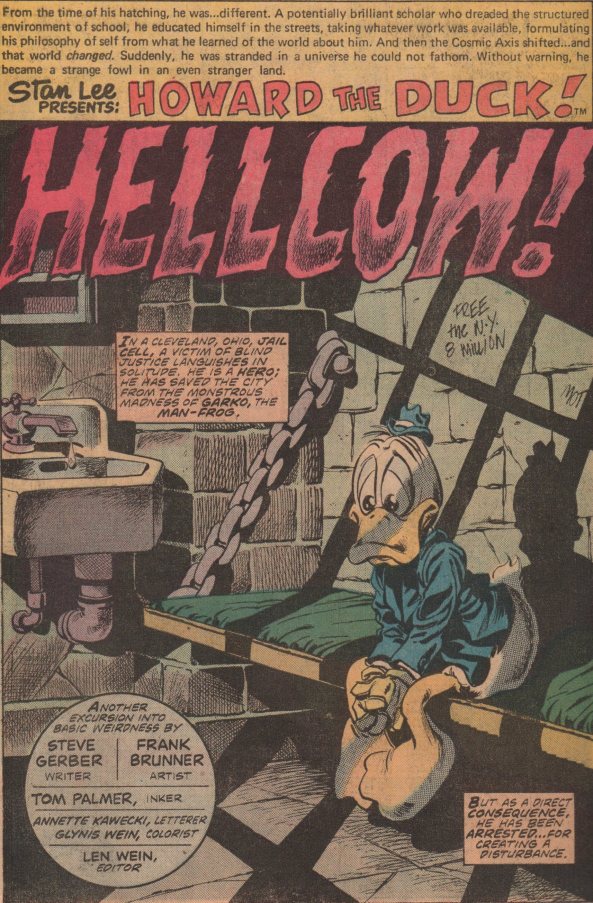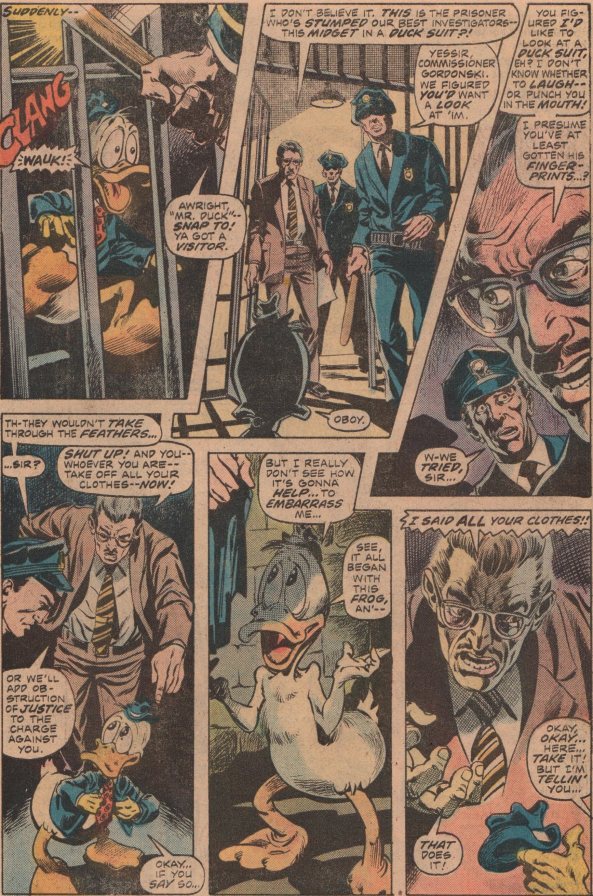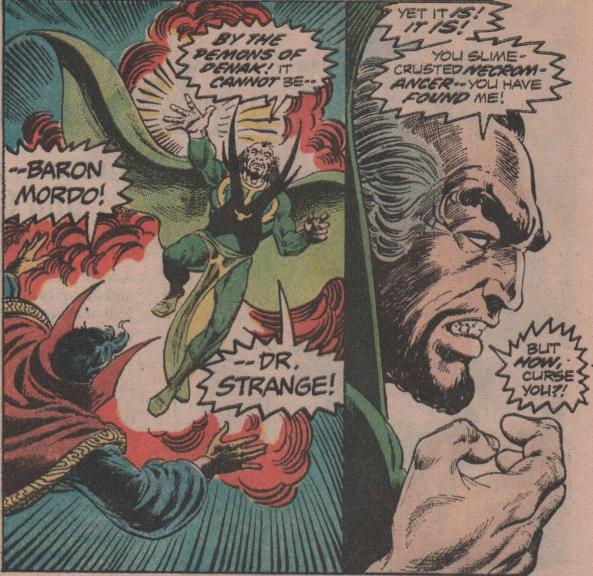
Trapped in a world he never made, Steve Gerber was a writer that not only made his mark with his idiosyncratic style, but if you really dig deep, and explore his work, you’ll see a talent and love for the medium of comic books that was second to none. When Marvel fired Gerber after he threatened a law suit over Howard the Duck, it would’ve been easy for him to pack up and go home. Instead he kept fighting, and stayed in the business. But, most would say what he did before that time was his best work, and I would agree. Welcome to #SuperBlogTeamUp (image by @Charlton_Hero)!

When Steve Gerber came to New York in 1972, he didn’t show up with a portfolio of ideas and pitch them to Roy Thomas. All he did was take the Marvel writers test, and he was in. At first, he was just a fill in writer, but he eventually made his way to Daredevil and Submariner. He injected some wild characters and elements not seen before into those books, and this is something he’d become known for as the years went by. Alongside Gene Colan, he left his mark on DD (not the level of Frank Miller, but definitely a fun, well remembered run).
Later in 1972, Gerber scripted Adventure into Fear 11, his first shot at the character Man-Thing. This story was more akin to the Marvel horror books of the times, though, but certainly well scripted. In the next issue, we see Gerber as most remember him. Tackling the subject of racism (and for the early 1970s was nothing to over look), Gerber shows not just the evil of the subject, but an extremely good story that makes you think from a different perspective, which is always a good thing. Issue 12 really set the tone for Gerber’s work going forward, as he wrote a story about a hardcore racist and his killing of a black man (excellently rendered by Jim Starlin and Rich Buckler). Not a pleasant ending to this story, which drives his message home even more. His run on Man-Thing is my personal favorite of his works. The way he used a character that cannot speak, along with the framing characters (Richard Rory, who resembles Roy Thomas, Jenifer Kale, etc.) to tell all sorts of different stories is amazing. Oh, and he wrote two other characters that couldn’t speak (or rarely did in Simon Garth, the Zombie and The Living Mummy). This is something I can’t ever recall another writer even coming close to doing at his level.

Another story of note concerning the Man-Thing, is “Night of the Laughing Dead” (issues 5 and 6 of his own volume one series). The story is pretty deep and focuses on subjects ranging from religion to parental neglect and abuse. Again, heavy subjects, but Gerber uses a Swamp Monster, hippies, and circus performers to tell this must-read story. Steve even wrote himself into a Man-Thing story (Man-Thing 22, volume 1), and it was glorious (image below)!

Marvel started a team title in 1972, with a few heavy hitters. Dr. Strange, Hulk, Submariner, and the Silver Surfer adorned the pages of The Defenders. The title had a few different creative teams for the first nineteen issues, but once Gerber took the reigns (issue 20), the title emphatically took off. Over the next twenty-two issues, he’d write some superhero stories (crossover with the original Guardians of the Galaxy), another one about racism (Sons of the Serpent), and two stories that most consider quite insane (The Headmen and Nebulon and the Bozos). Of course, insanity for one person is entertainment for the other. I fall in the category of the latter.
Most will cite Howard the Duck as Gerber’s crowning achievement, and I’m not enough of an authority to argue any different. That character is certainly the one that he had on many occasions given the impression (or said right out) was his favorite. I’m still trying to obtain everything he’s ever written but that’s going to take some time. But I’ll definitely consider it time well spent. Thanks, Steve, for all the great comic books.

Steve passed away in 2008, but his legacy and wit still lives on today, as many writers that have come since sing his praises. He was posthumously inducted into the Will Eisner Comic Book Hall of Fame, and received the Bill Finger Award. If you’ve never read any comics by Steve Gerber, do yourself a favor, and give one a try!
Please take a look at the other contributors to this round of Super Blog Team-Up! Check out “Creators” and “What IF.” Enjoy!
The Tell-Tale Mind Arak: Son of Thunder – A Lost Adventure
The Superhero Satellite- What If Peter Parker had become Speedball instead of Spider-Man?
Dave’s Comic Heroes – Blue Devil Creation
Between the Pages – Scrooge McDuckTales Woo-oo!
Comics Comics Comics…-Sergio Aragones!
In My Not So Humble Opinion-Kurt Schaffenberger, the definitive Lois Lane artist of the Silver Age.
Source Material – What If Captain Confederacy
Comic Reviews by Walt – What if the Ultraverse Had Continued?
Pop Culture Retrorama – What If The Sinister Dr. Phibes Had Been Produced!





























